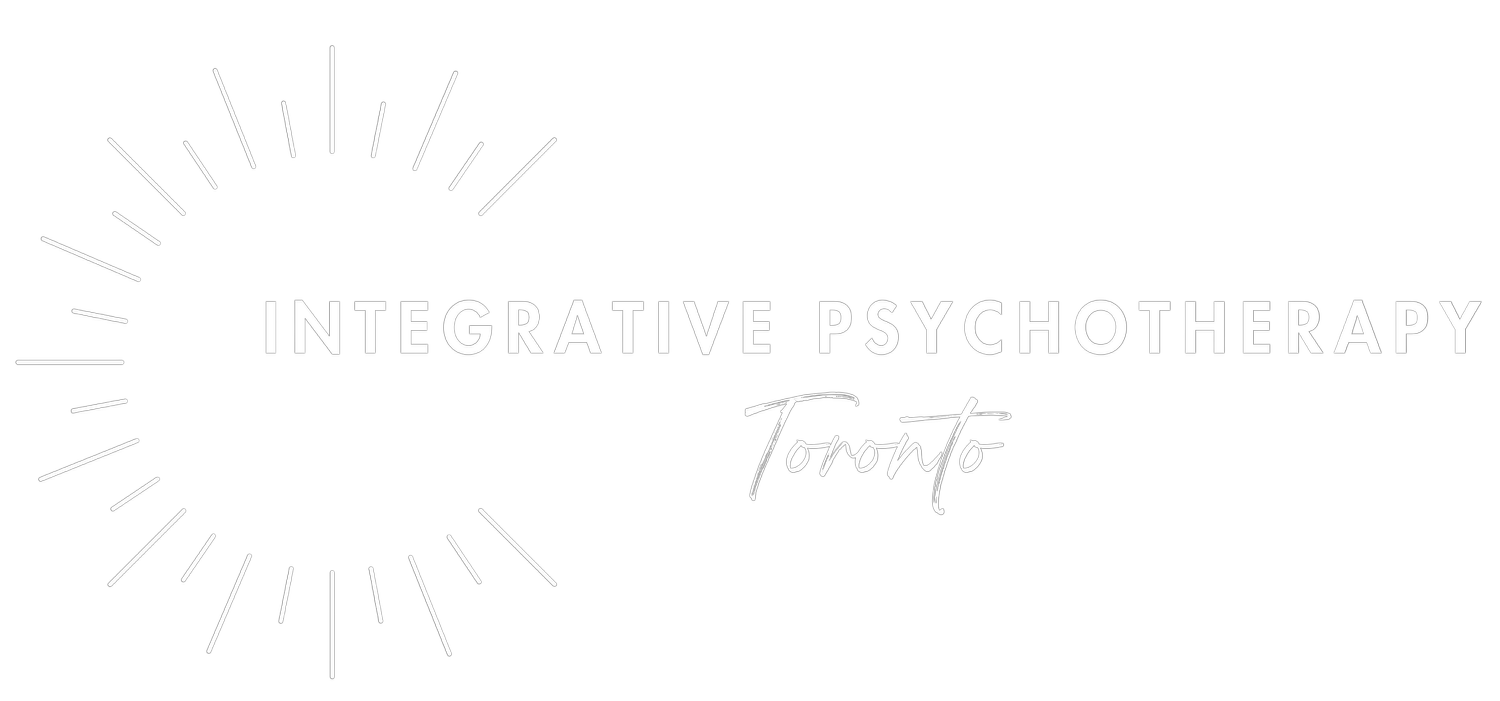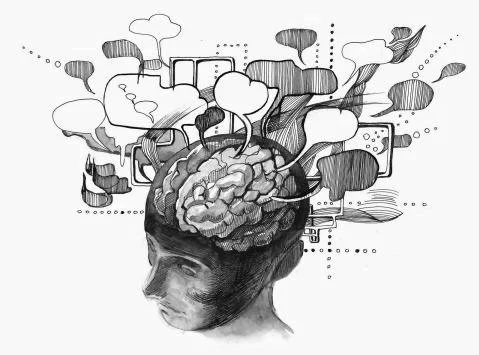A discussion with The toronto sun
What are attachment styles? And how and when are they developed?
Attachment styles are the patterns we've developed around connection. They're our templates for how we've learned to be in relationship with other people.
As mammals, we are biologically wired to connect, and our templates for how to do that begin at birth with our primary caregivers. From our first moments, we are learning about attachment and connection - whether it's dependable or inconsistent, whether it's a source of comfort or fear - and those learnings form mental maps that help us navigate our world. They become our attachment styles.
What are characteristics of anxious attachment? How might someone become anxiously attached?
At the heart of anxious attachment is the fear of disconnection; of being abandoned or disliked or unwanted. This can manifest in any number of ways, from clingingness and an almost urgent or desperate desire for closeness to avoidance and a distaste or disgust of intimacy.
Anxious attachment could be thought of as a psychological allergy; in this case, an allergy to connection. The system has learned that attachment is a potential threat, and has built up antibodies to protect against it, either by hanging on to it for dear life or by rejecting it.
As with all allergies, anxious attachment is brought about by sensitizing events - something that taught the person that attachment is a threat.
Is it possible to heal anxious attachment and become more securely attached?
It is certainly possible to heal anxious attachment.
It is incredibly common for clients to come into therapy with attachment-related difficulties. Whether they struggle with forming healthy relationships, have a history of attachment trauma, or simply feel a lack of fulfillment in their current relationships, attachment styles can often be at the root of these difficulties. Understanding attachment styles and how they may impact our lives can be the first step towards healing.
As we better understand the patterns that may be holding us back in our relationships, we can work to break free from these patterns and develop healthier, more fulfilling relationships. This process often involves addressing past traumas, improving self-esteem and emotional regulation, and learning new relationship skills.
While my training and experience has biased me towards EMDR, Somatic Therapy and IFS, many types of therapy can help people both manage the symptoms of anxious attachment patterns, and, even better, work with the underlying memory templates that are the root of the cause of anxious attachment.







